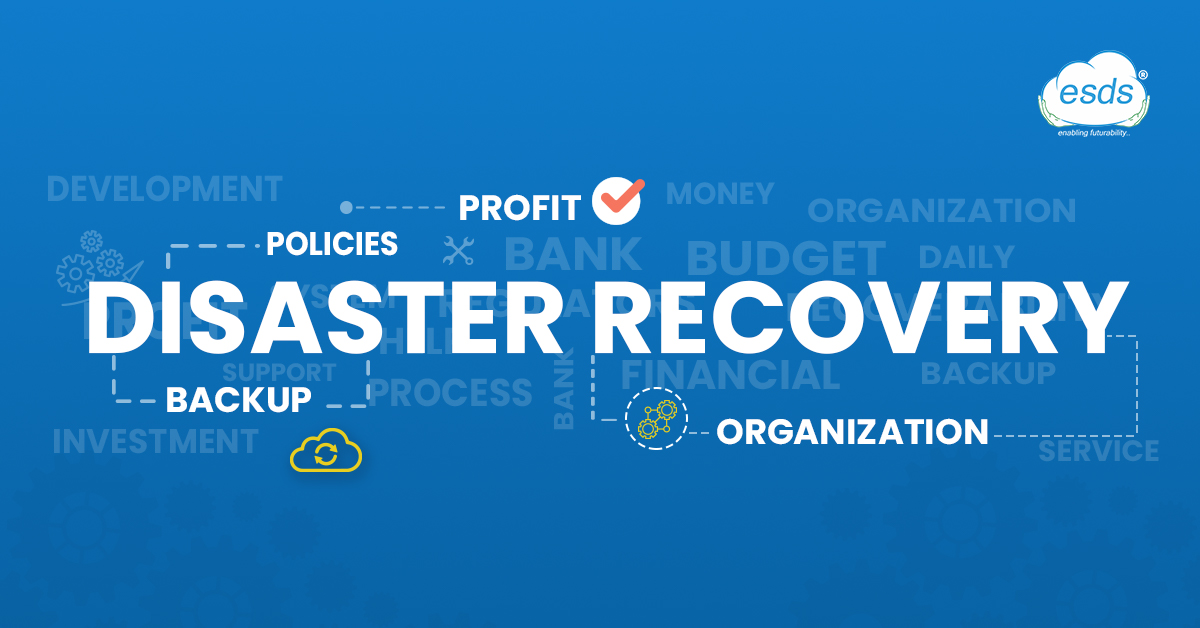What’s missing from most of the DR strategies? Cloud-based Disaster Recovery-as-a-Service. Until it’s too late, disaster recovery rarely gets the attention it needs in any business. In the past, the global pandemic made many companies realize their disaster recovery policies were inadequate, requiring them to adapt. A recent study found that 96% of banks and insurance organizations had a disaster recovery – DR plan in place. Among these, 86% rely on data replication, 85% make backups, and 68% create functional infrastructure designs for high availability. It may come down to outsourcing management tasks to the cloud to improve DR in the financial sector. Disaster Recovery as a Service (DRaaS) gives near-real-time redundancy to critical operations while shifting the responsibility for testing and failover to the cloud provider.

Being a financial institution, you can significantly gain from shifting to cloud-based disaster recovery as a service (DRaaS). You can test more frequently with DRaaS because testing is typically automated and unobtrusive. If you need additional assistance, the provider can package DRaaS contracts with testing services and failover assistance. Beyond increasing the frequency and ease of testing, DRaaS providers offer with the assurance of power, cooling, and physical security features necessary to maintain their data and the fact of being well-prepared to handle
server failures and other unforeseen events. The cloud DRaaS also reduces the costs of data recovery. By leveraging on-demand pricing, financial institutions can facilitate geographic redundancy and avoid paying for computing charges until the site is activated.

No comments:
Post a Comment